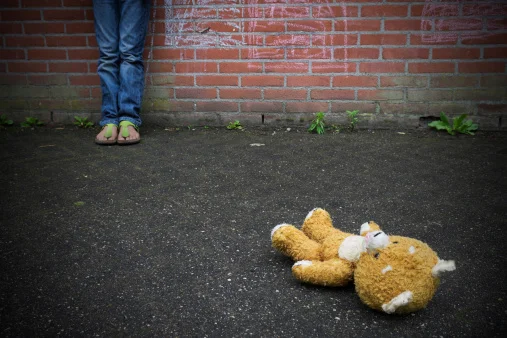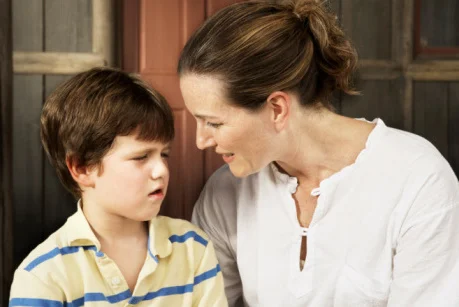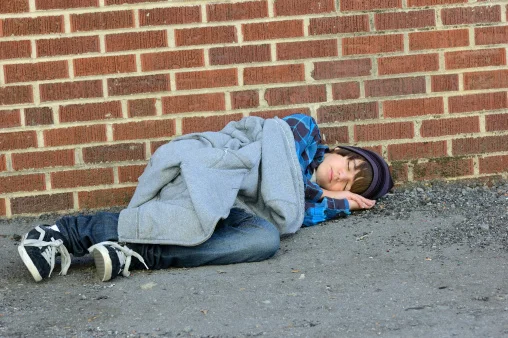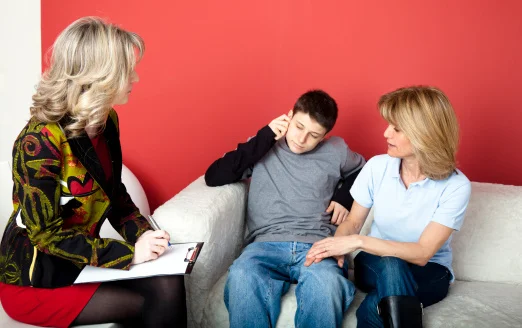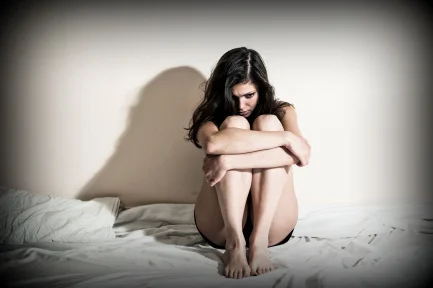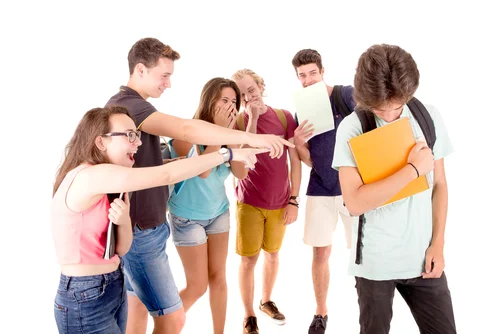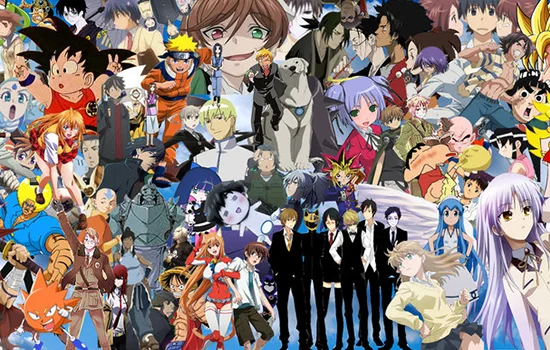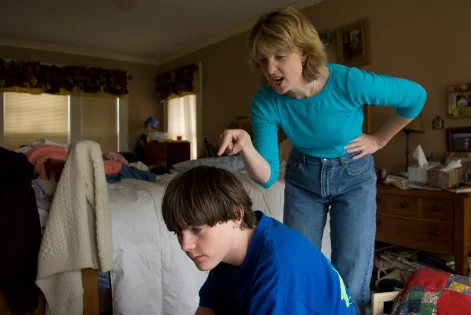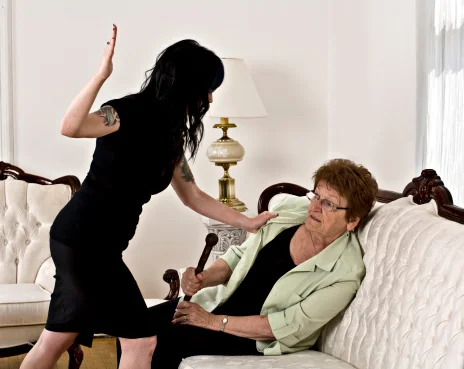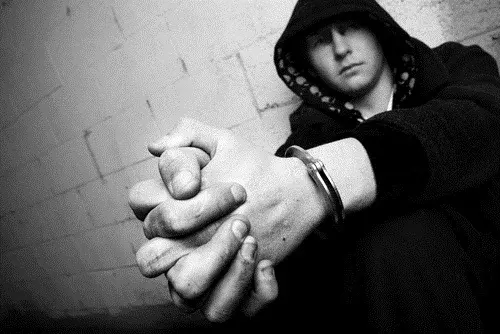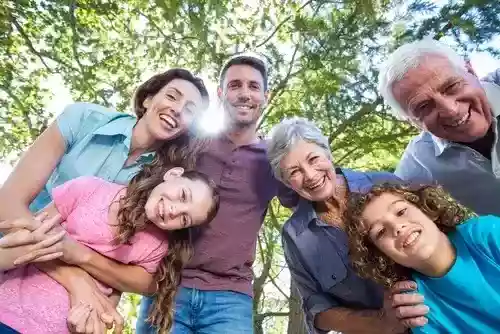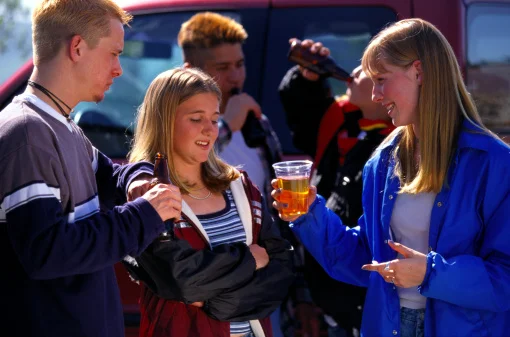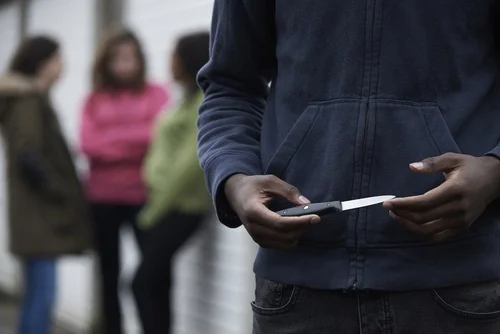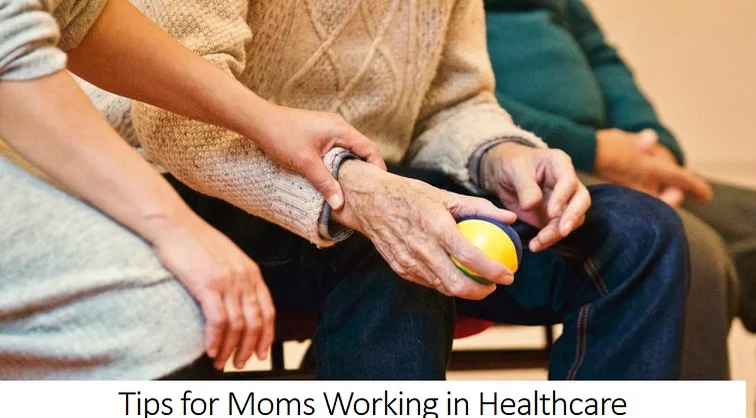+1 845 259 2974 (11 a.m to 7 p.m CST)
Healing traumatized kids through art therapy
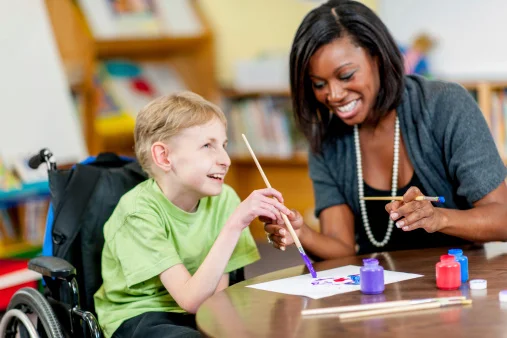
Child abuse is a very serious problem that includes physical, sexual, emotional and verbal abuse and neglect. It encapsulates all actions that cause harm to the mental and physical health of the abused child. Interpersonal violence can have long term adverse affects on kids, including detachment, mood swings, behavioral changes, and acute/posttraumatic stress reactions. From amongst the different methods employed to treat trauma in kids after incidents of abuse, art therapy for kids is proving to be a very effective tool in rehabilitation of the wronged children.
Artistic healing
Over the years, art therapy for activities developed for children has also been used successfully to treat people of all age groups. The method has proved particularly beneficial in treating children with trauma. Why is art therapy more beneficial to children? The mind and body of children keep developing throughout adolescence. Therefore, a child will respond positively when provided with a creative channel for self-expression and the therapy works better for children who are abused, neglected and abused by the immediate family.
Art provides the opportunity to a traumatized teen to communicate one’s traumatic memories through the medium of drawing or other forms of media. New research undertaken in this regard shows that expressive art can help the victims let out their ordeal locked up inside dark corner of their minds.
Well-known existential psychologist Rollo May said the following about art in therapy: “In all creativity, we destroy and rebuild the world, and at the same time we inevitably rebuild and reform ourselves.” Seems like a reasonable idea.
Monster Inc
When abused children are sent to a therapist for art therapy, most therapists notice that such children are more likely to make images of monsters. Though these images can be viewed as fragments of imagination of a young mind, but the monsters are as real as the child who is giving them different forms on paper. Usually referred to as images of inner monsters, these images are based on information collected from the sensory and psychological experiences associated with abuse. Sometimes the monsters represent the self-perception of the children about their own being, which borders mainly on feelings of being flawed and guilty of a crime they did not commit. Images of this kind are usually associated with feelings of fear, distress, loneliness, and anxiety among the children.
Expressive arts in therapy
Expressive arts include dancing, writing, making music, drawing, drama, photography and other similar activities.
Art therapy promotes psychological health and social support to children. It offers children with the means to express their feelings, thoughts and memories in a visual rather than a verbal way. Art therapy helps children develop self-awareness and self-esteem through the creative process attached with art. During World War II, children and adults imprisoned in German concentration camps used to cope with the horrors of everyday living through painting and poetry.
Art to the rescue
Art therapy speeds up the healing process in children. When children engage in expressive arts, it alerts the parasympathetic system in their brain (Lane, 2005). In simple terms it means that the breathing slows down in children and their blood pressure decreases thus relaxing their bodies. A child who actively participates in art related activities is active both mentally and physically.

